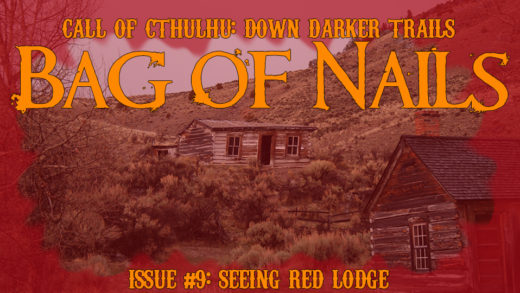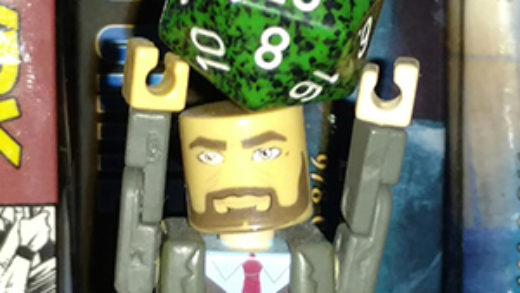Most player characters are orphans, runaways, loners, or outcasts. The “common wisdom” has been that loved ones only serve as targets for kidnapping or “women in refrigerator” moments. This is partially due to GM treatment of character families. But I hope to show today that stable relationships can prove rewarding for both player and GM.
I use the term “family” loosely. This does not have to be a character’s spouse and children. It could compromise a character’s parents, guardians, or even non-blood relations like a guild or school. The term family here applies to a set of individuals who helped forge the character’s background and still have ties to the character.
Character Depth
Characters without familial ties often also have fairly shallow backgrounds. There’s something inherently tabula rasa about a lack of connections. And, due to its commonality, the family-less character also appears to lack originality or flair. Family connections require a bit more back story and character thought which, in turn, can help to add nuance and depth even during character creation.
Role-play Opportunities
In addition to giving characters something to talk about to other characters (family stories, growing up, etc.) Familial ties can also provide the GM with unique ways to engage with the players. The Lethal Weapon movie series can provide good examples of how a family can engage not only with the connected player character, but other PCs as well. Even though the Murtaugh character had the established family, the loner character, Riggs, also interacted with the family and it even promoted his character growth.
Social Networking
While many game systems force a character to “purchase” contacts, as a GM I will often reward good back story and role-playing by allowing the family to have a diverse and sometimes unexpected contact network through their family. Perhaps the character’s spouse used to work with someone who can aid the PCs one time. These will not be fully reliable aids and used more for one-time or rare use, but having a family should include connections to a greater world.
Physical Benefits
Like potentially expanding a contact network, family ties can provide physical benefits. In the Dresden Files book series, Charity Carpenter is not only the wife of Michael Carpenter, she’s also a armor smith and a competent fighter. Like contacts, these are benefits that should only be allowed in times of need (or established within character creation guidelines), to avoid taking advantage of the GM. But family should be portrayed as a benefit rather than a burden.
Character Protege
Establishing a “back-up” or “next” character should the player’s main character fall is probably the most-used aspect of family in games, to the point that it’s even mocked and exploited in the Knights of the Dinner Table comic and the follow-up RPG, HackMaster. In the mechanics presented in the original “HM,” players could send a portion of their experience points along with a adventure summary letter to a protege character who could take over should the character die without starting at a comparatively lower level. When tied to the other role-playing concepts of a family, this is an excellent potential benefit for familiar ties and player characters, especially in the more hack-and-slash systems.
Guest Player Options
Like a protege replacing a character, family ties allow easier incorporation of NPC-to-temporary-PC characters for guest players. This potentially removes any initial distrust that can sometimes come with a surprise character and provide immediate role-playing possibilities, be it over-protectiveness of one PC to another, comedy “don’t tell your mother about this” moments, or general heartfelt role-play.
Families should be more than a burden or a plot point to a character, they should be a reward for good back story and role-play. Hopefully the above provides some ideas for how to incorporate character families in your game.



Recent Comments